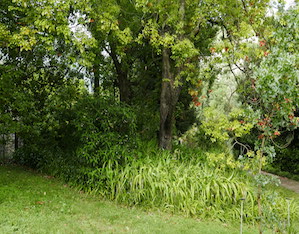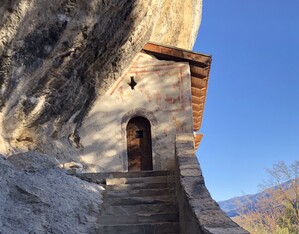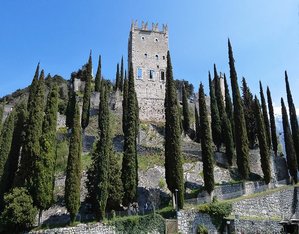Archduke Albert of Habsburg, cousin to Emperor Franz Joseph, commissioned this large park around his summer residence in Arco in the late 19th century. Thanks to the area’s mild climate, rich vegetation including plants from tropical areas thrive here.
The original five-hectare garden the Archduke commissioned in 1872 was drastically reduced in size at the beginning of the 20th century. Today, only one fifth of it remains. Under the stewardship of Professor Waler Larcher of the University of Innsbruck, in 1964 it underwent restoration, with the onus on its status as an “arboretum”. Laid out as an open-air museum, it has been run since 1993 in association with the Museo Tridentino di Scienze Naturali. Park signage provides plenty of information about each tree specimen. The native environments of many subtropical and Asian plants, as well as the backdrop lemon groves, ponds, and broom-covered slopes have been ably reconstructed. Due to the proximity of Lake Garda, the mild climate here supports some 200 species of tree originating in America, Asia, Africa, Australia and central/southern Europe. The garden features centuries-old holm oaks and a variety of environments: a small temperate conifer forest; a Mediterranean area with pomegranate and Portuguese cherry trees; a palm tree oasis; a small lake ringed by bamboo; and an area with typical Trentino regional crop plants. Beyond a knoll planted with broom is an area of species from arid climates, featuring redwoods and subtropical plants like agaves, prickly pear, Constantinople acacias and yuccas. The garden also contains a Mediterranean forest of shrubs and bushes, with a number of different varieties of citrus, and an area reserved for Asian plants such as lagerstroemias, cycas, Japanese bananas, and clerodendrons.




